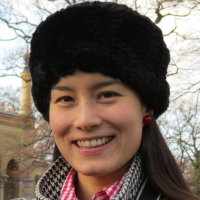World
Japan’s Peacenik Pear Fairy
Juicy
Funassyi, the anthromorphic pear fairy loved by millions, raised controversy when it appeared to support Japan’s pacifist constitution. Out of the mouths of pears…
Trending Now
Crime & JusticeUnshaven Luigi Mangione Shows Signs of Stress in Court
Crime & JusticeLuigi Mangione Judge Married to Former Healthcare Exec





